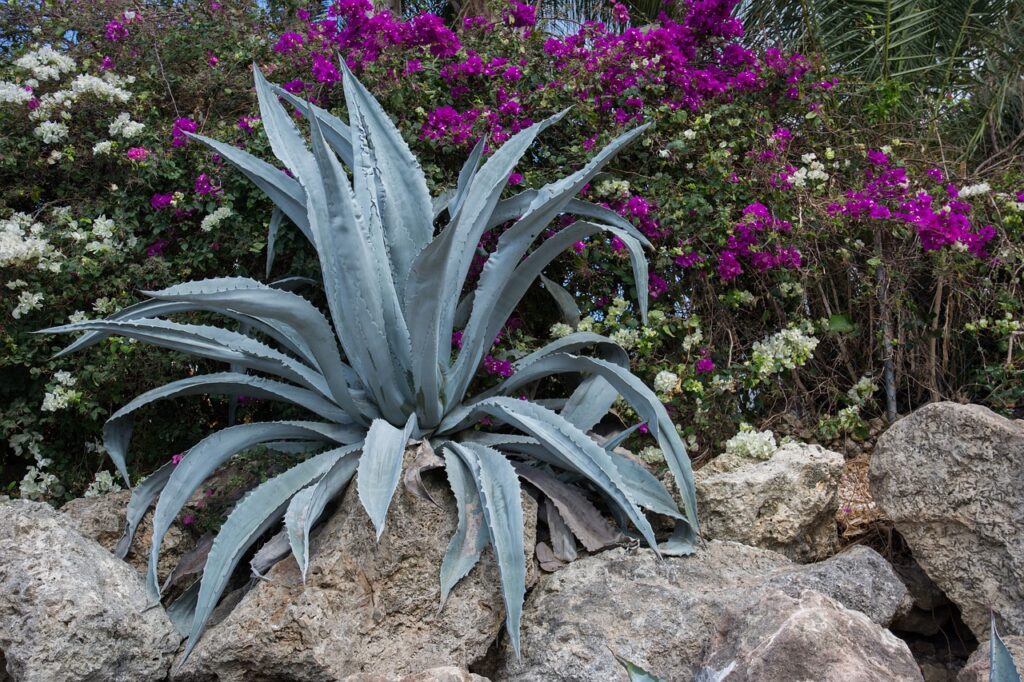
Over many years as a landscape designer, I’ve had the opportunity to explore many homeowners’ wants, desires, and opinions regarding what they want their landscapes to reflect. As the population in dryer climates have been gravitating to drought tolerant landscapes, many have expressed the opinion that they simply don’t like the look of most drought tolerant plants.
To these people’s credit, I’ve seen a lot of drought tolerant landscapes that are everything but beautiful. I’ve also seen a lot of drought tolerant plants that have not been well cared for, and I certainly wouldn’t want them in my garden. But this is not specific to drought tolerant landscapes. Any garden style can reflect the good, the bad, or the ugly!
This can happen when a landscape has not been properly planned to combine colors, lines, shapes, and textures to create an amazing visual experience. Hydrozones (placing plants of similar water needs together) are also important to a successful landscape You don’t want to mix low water, regular water, and high-water plants in the same bed receiving the same irrigation schedule.
By the end of this article, my goal is to have you convinced there are beautiful options when it comes to drought tolerant gardens. It all depends on how much you love your garden, and how much you’re willing to learn to be a successful gardener. Let’s do this!
First, Let's Explore the Meaning of Drought Tolerant
Please don’t think that you can purchase a drought tolerant plant from your local nursery, take it home and plant it in your dry garden bed and expect it to thrive without water. Drought tolerant does not mean no water.
If you see drought tolerant plants or any plants for that matter, that appear to be thriving without a water source, most likely these plants have a strong established root system, and the roots have grown deep enough into the earth to find some source of water.
As so well defined by Swanson’s Nursery, drought tolerant plants “will survive extended periods without additional water after being established with regular water and fertilizer for two growing seasons. The plants may, however, look marginal and neglected without some supplemental water during dry periods in later years.”
What Does "Once Established" Mean?
When looking at online resources as well as walking through your local nurseries, you may notice on the identifying signs the words “once established.” All commonly tagged “drought tolerant” or “drought resistant” plants do not have the characteristic of being drought tolerant or resistant until they become established.
The purpose of establishing all plants is to get the roots to grow stronger and deeper into the ground where more water and nutrients are stored. A strong root system provides the best chance for a thriving and happy plant.
To establish takes one or two growing seasons for small plants and shrubs. Trees may take up to three growing seasons to establish.
Is it worth all the fuss? Absolutely! It takes a little time, drought tolerant or not, but once your landscape is established, it should provide you with many years of beauty and enjoyment.
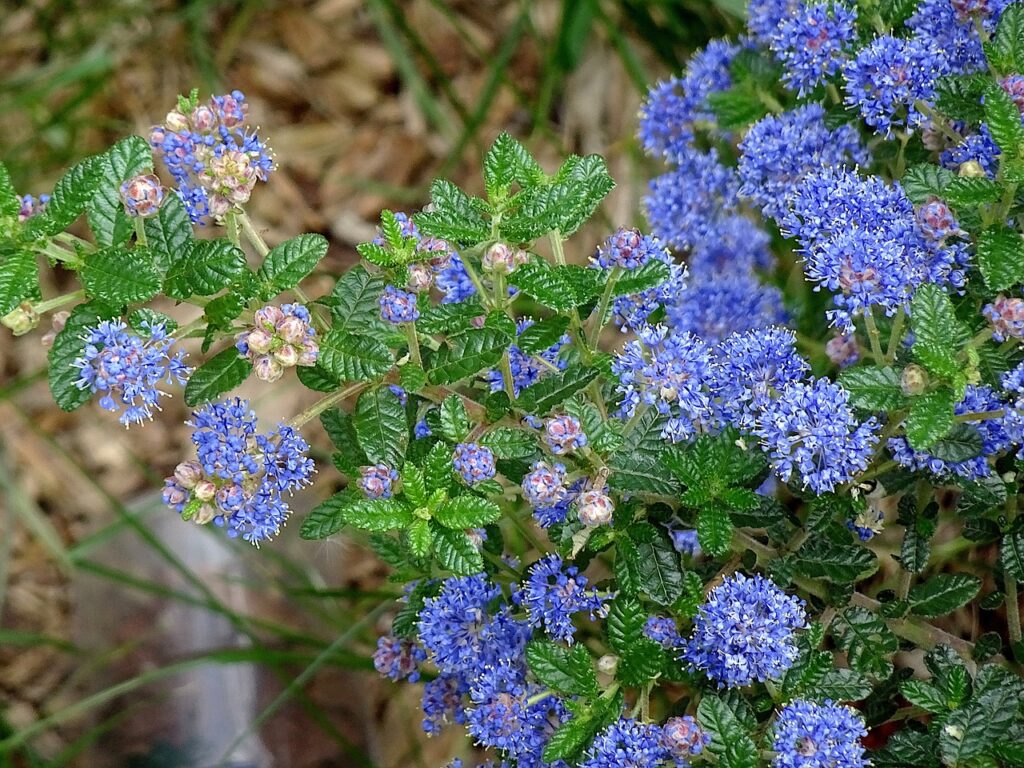
Are Native Plants Drought Tolerant?
Most plants native to your locale grow there because the environment sustains them. Some pluses to incorporating native plants into your landscape are:
- Once established, most are drought tolerant and all play an important role in the ecosystem.
- Having adapted to their environment, they have most of what they need to thrive.
- They create and support a wildlife habitat.
- Generally, native plants are low maintenance.
- A known advantage is their resistance to pests and diseases.
- As an answer to erosion control, they work well on slopes.
- Many native plants are beautiful!
- Little to no fertilizer is needed. They have adapted to the soil in their environment and can take up what they need from the soil. Fertilizing them can damage them.
Do not mix native plants with plants that require more water and fertilizer. Give them their own space in your garden.
However, not all the plants in your landscape need to be native to your location. There are other plants in similar locations that can provide you with the same efficiencies of the native plants your location provides.
Good drainage is essential for native plants. Since they have adapted to the soil in your local, amendments are not usually needed. Most native plants prefer a lean soil, similar to their natural habitat, because lean soils typically are fast draining.
What is a lean soil? This is soil with little organic matter. To create a leaner soil, add coarse sand, coconut coir, and/or fine gravel. According to Mountain Crest Gardens, you should aim for a sandy loam that is 50% to 80% coarse sand or find gravel.
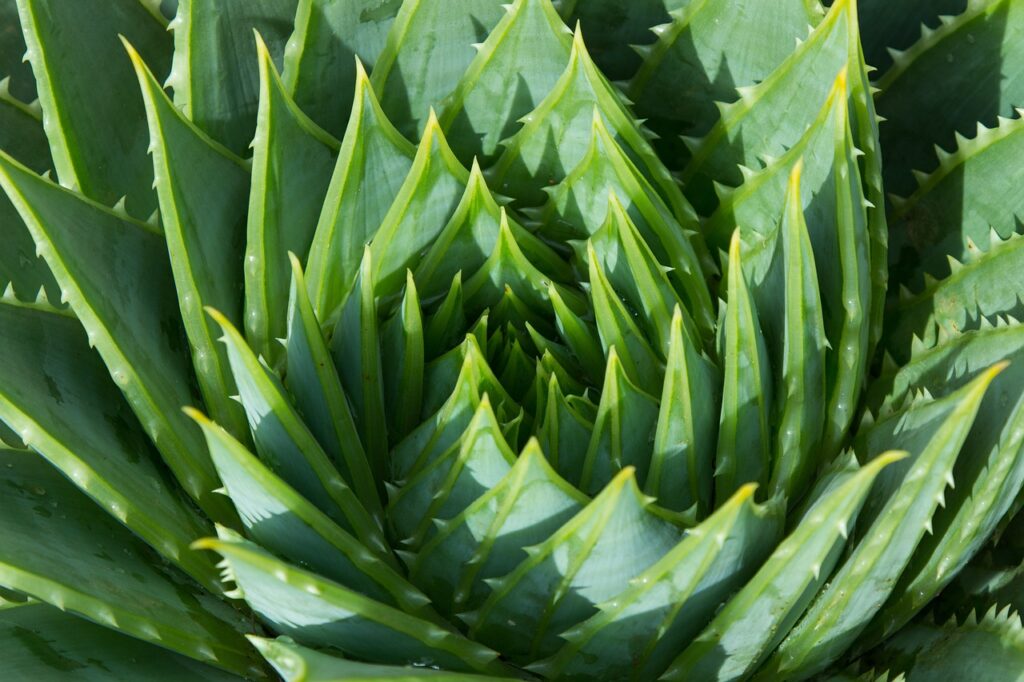
What Do Succulents Need?
Excellent drainage is necessary to the health of these plants. Like the native plants, succulents prefer a lean soil. If planted in an organic rich soil which will retain a lot of moisture, the succulent likely won’t thrive. It may even die. They are very prone to root rot. Keep it lean!
Although succulents need very little fertilizer, they do benefit from an annual application. It’s important to use a weak, diluted fertilizer such as manure tea and it does make a difference. When using this type of fertilizer, you can apply as often as monthly, but they really don’t need it. Once a year is sufficient. To learn more details about how to make manure tea and when to fertilize, check out this great article by Succulents and Sunshine.
Other Non-Succuleant, Non- Native Drought Tolerant Plants
There are many drought tolerant plants that are not natives or succulents. These plants prefer rich, well-draining soil. The key to all drought tolerant plants is excellent drainage.
For non-succulent, non-native drought tolerant plants, if you have clay soil, adding coarse sand to the soil will assist in creating the quick drainage needed by these plants. If you have sandy soil, adding organic is important to hold moisture and nutrients. These plants also require fertilizer.
Compost is an excellent way to provide organic matter and nutrients to these plants and add the richness they need for their roots. Making your own compost adds to your self-sufficiency efforts and is nature’s way of recycling and enriching the earth.
An additional product I use in my garden and have been thrilled with the results is Azomite. It provides over 70 trace elements, many of which your soil may be lacking.
Succulents, cacti, and native plants are not the only plants that are drought tolerant. Below are a few images of drought tolerant plants alive with color.
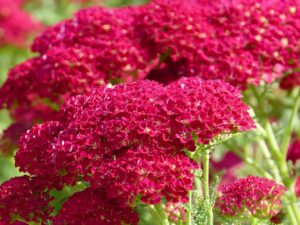
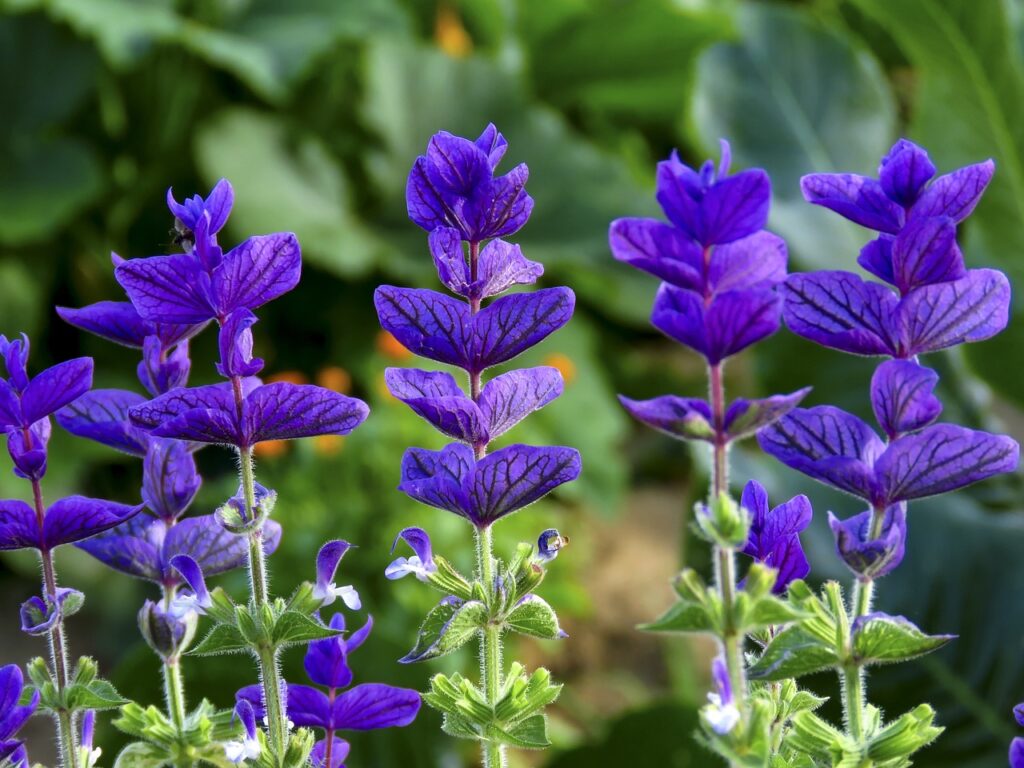
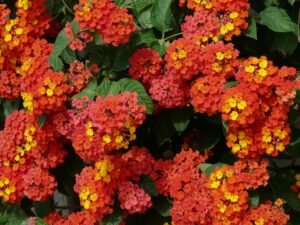
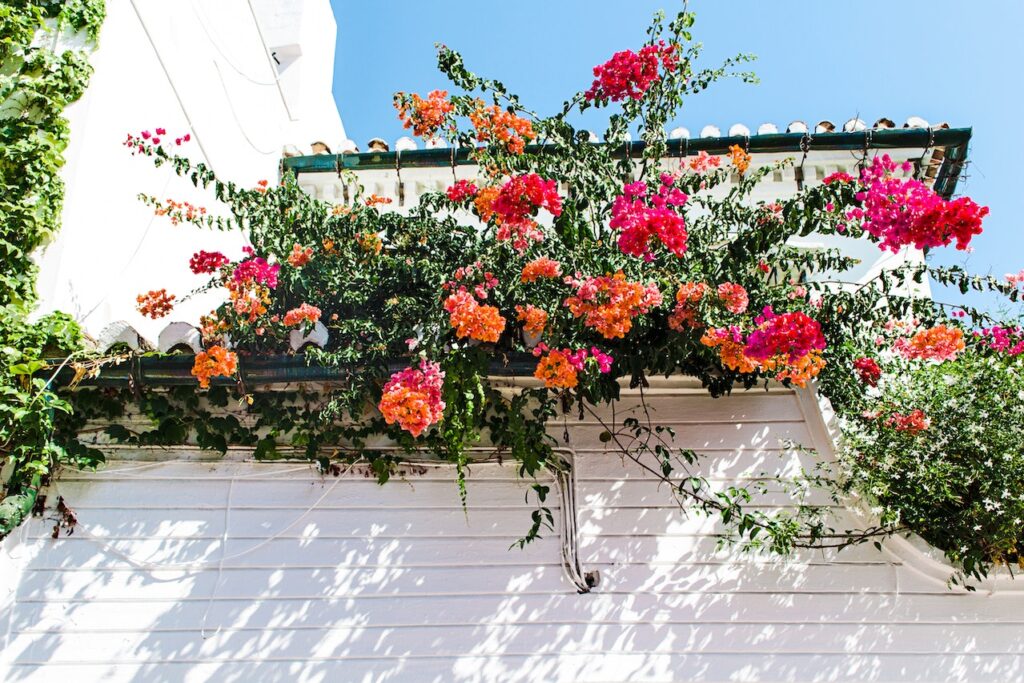
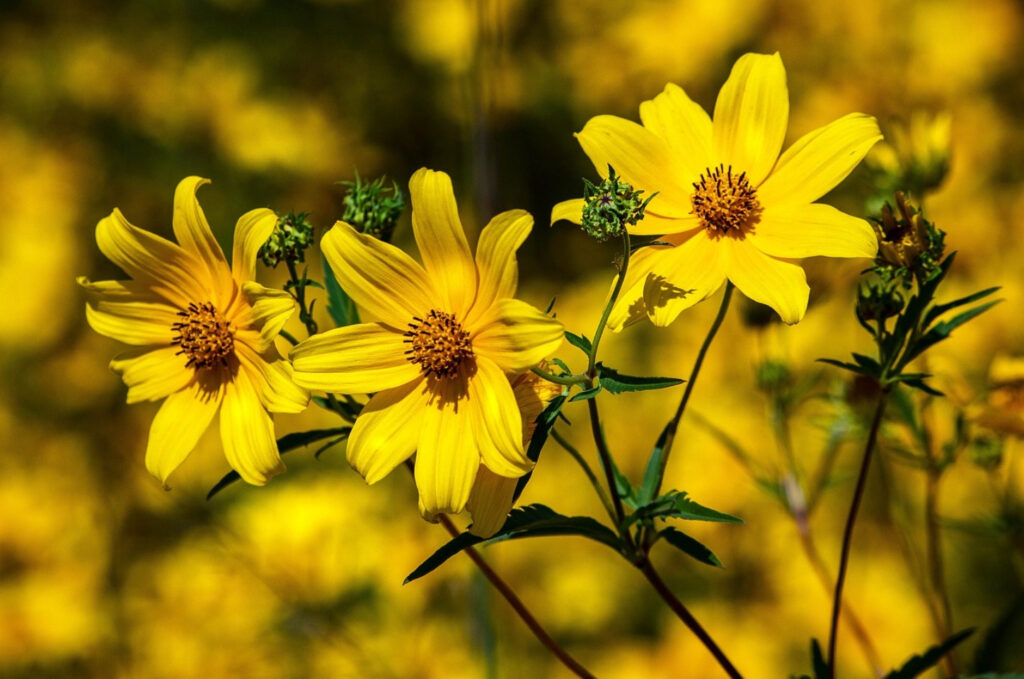
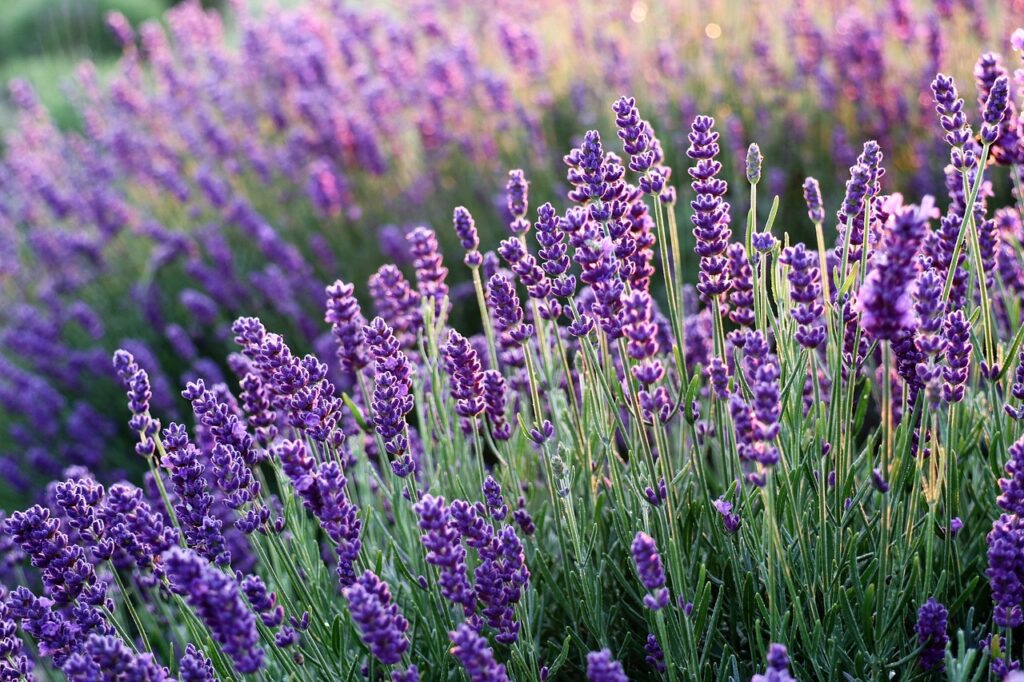
Why Should You Consider Changing to a Drought Tolerant Landscape?
As water supplies have diminished and the cost of water has increased, this has created a concern among those who have stayed with traditional landscapes. The upkeep is expensive requiring regular weekly maintenance. There’s more needed pruning, more needed fertilizing, and more needed time.
What Are the Advantages for YOU?
- Efficient water use. Drought tolerant landscapes, once established, will save water which saves money and reduces the consumption from our water supply.
- There is no mowing, less pruning, low maintenance, and less fertilizing.
- Drought tolerant plants often tend to have less disease and are pest resistant meaning less use of toxic chemicals and their environmental impact.
- You can frame your home with the beautiful surroundings of drought tolerant plants using succulents, ornamental grasses, native plants, and other drought tolerant plants that add brilliant color.
- The transition can be gradual as you convert one planting bed at a time. You certainly don’t have to change everything at once. This will also give you the opportunity to experiment with different plants and discover the ones you love.
What Are the Disadvantages for You?
- Getting these plants established takes some time and effort.
- The lack of the green carpet known as grass is gone as well as the cooling effect of grass.
- Your yard will lose some of its functionality such as playing on the grass and having that soft place to land
What Are Microclimates and Why Do You Need to Understand Them?
Simply put, a microclimate is the climate of a small area that differs from its surrounding climate. Regarding landscaping, a microclimate could be created buy a change in the sun exposure, air, humidity, soil, wind, and even reflected heat.
An example would be an area around your home that receives full shade. This area typically will be cooler. Moisture in the soil will not dry out as quickly. This area is likely to require less water than other areas in your landscape that receive more sun.
Oftentimes a west facing wall might become hot from the sun. This heat is reflected outward, and if there is a plant or a vine against this wall, the heat reflects onto the plant. Some plants can tolerate this extra heat and some cannot. So, it’s important for you to understand microclimates to choose the best location for your plants to thrive.
With this awareness of microclimates when deciding on the plants you want to place in your drought tolerant garden, be sure to assess your landscape and identify the areas that reflect heat, full sun, part sun, full shade, and part shade.
When shopping at a local nursery, you will find identifying labels that let you know the sun exposure each plant requires. If you do not find these labels on the plants, please ask for an assistant. The assistant should be able to tell you exactly the sun exposure the plant needs.
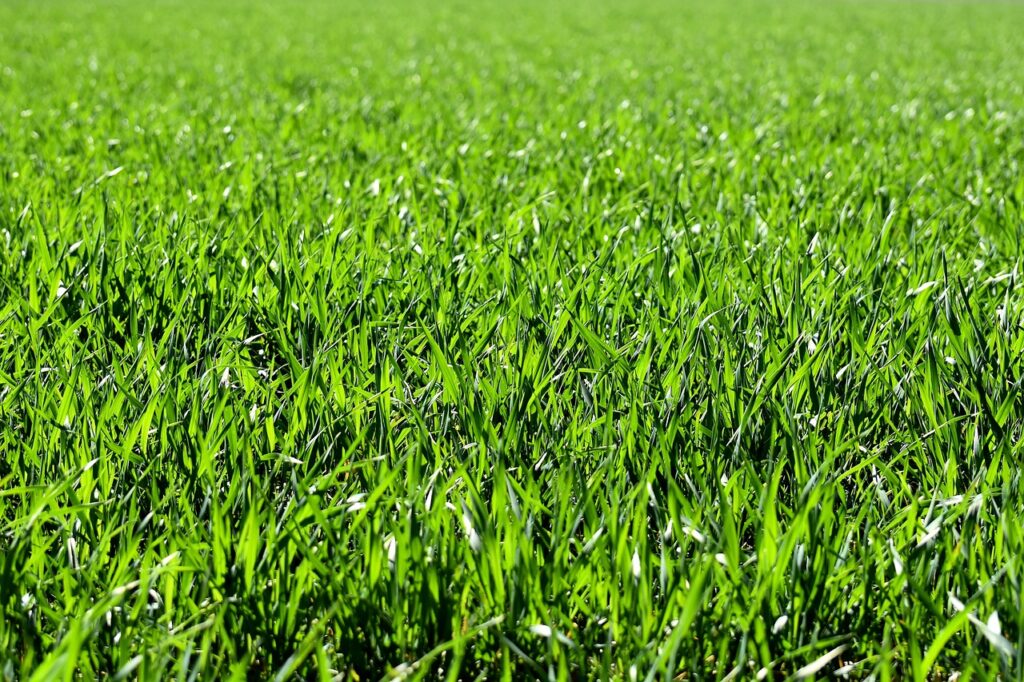
Now Let's Talk About Grass. How Important is it Really?
Having raised four children, I know how much they need a space to play outside. Especially now that so much focus is on the digital world, and many children experience much less exposure to the world of nature than is heathy.
Some drought tolerant grasses to consider:
- Of course, synthetic turf is the most drought tolerant! Synthetic turf also heats up from the sun and is not comfortable on bare feet. Debris that falls on this turf cannot decompose and move into the soil beneath. It requires some work to maintain and keep looking pristine. It’s not maintenance free, but it is water free!
- Bermuda Grass – Warm weather (meaning it goes dormant in the winter when the soil temperature drops below 55 degrees F. and air temperature drops below 32 degrees F. It’s heat tolerant and takes traffic well.
- Augustine Grass – Warm season grass. Tolerates part shade. It’s salt tolerant. Kids and pets can play on this grass, but it cannot take heavy traffic such as parks or sports fields.
- Zoysia Grass – Warm season. This grass can take a limited amount of shade a little better than Bermuda grass, but it prefers full sun. It’s a tough grass that’s heat tolerant, drought tolerant, and can take heavy traffic.
- Tall fescue – If you prefer a grass that doesn’t go dormant in the winter, a tall fescue is the most drought tolerant of grasses that stay green year-round. Its roots grow deep, and it stands up well with heavy foot traffic.
- Emerald Carpet – Developed for Southern Utah. It’s a blend of four dwarf fescue varieties. Under normal conditions, it will remain green year-round.
For more detailed information regarding drought tolerant grass, click here.
Wrapping Up
A well-tended drought tolerant landscape can be beautiful, reduce water consumption, lower your water bill, lower the needed maintenance, and provide a sense of contribution to our environment.
A beautiful landscape can add considerably to the value of your home monetarily as well as providing that first impression. With the water concerns in locations prone to droughts, many prospective buyers will be taking the cost of the upkeep of traditional landscapes into consideration.
Transitioning to a drought tolerant landscape can be gradual. Start with one bed. Experiment with soil, plants, water, and see how simple the process can be. Then move on to another bed. Once you have some experience under your belt, the process becomes easy. It may even become a new hobby for you. There’s nothing more fun than creating with nature’s palette, in my opinion, of course!
If you feel you need help getting started, call a local professional who will consult with you and walk you through the process. For homeowners in Southern California and Southern Utah, I would be excited to help you with your project. This is my passion!
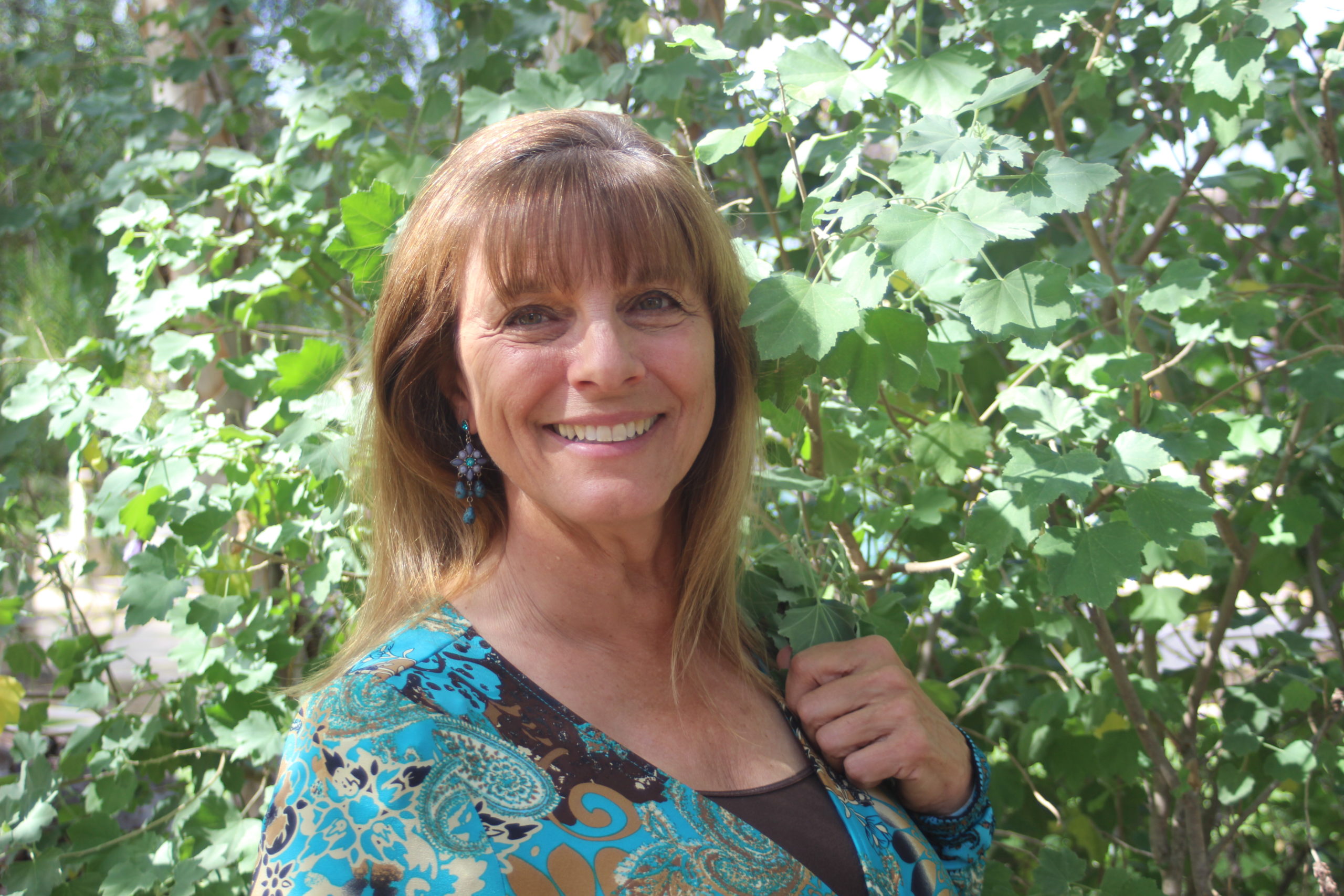
Hi. I’m Linda Rose. I have 17 years of professional experience as a landscape contractor and landscape designer. I’m passionate about nature and using nature’s palette to create beautiful gardens for my clients. I’m an advocate for the Earth with a mission to encourage people to connect with the Earth and receive the abundant gifts of beauty, health, and balance. My goal is to create your ultimate outdoor experience at home.